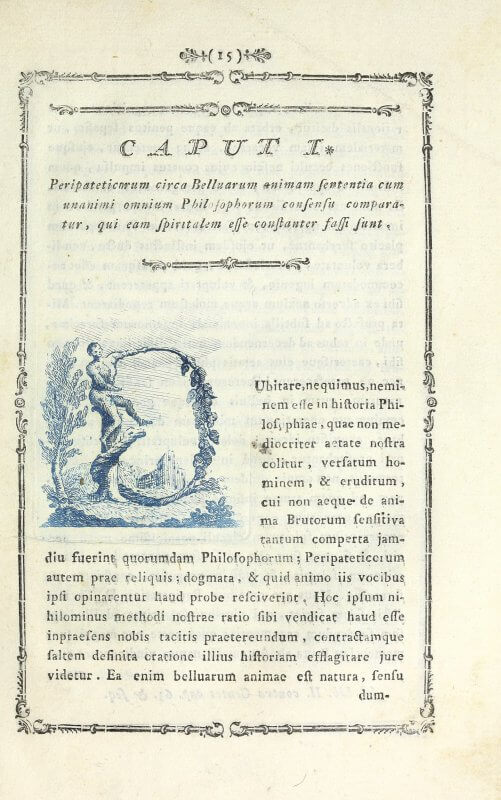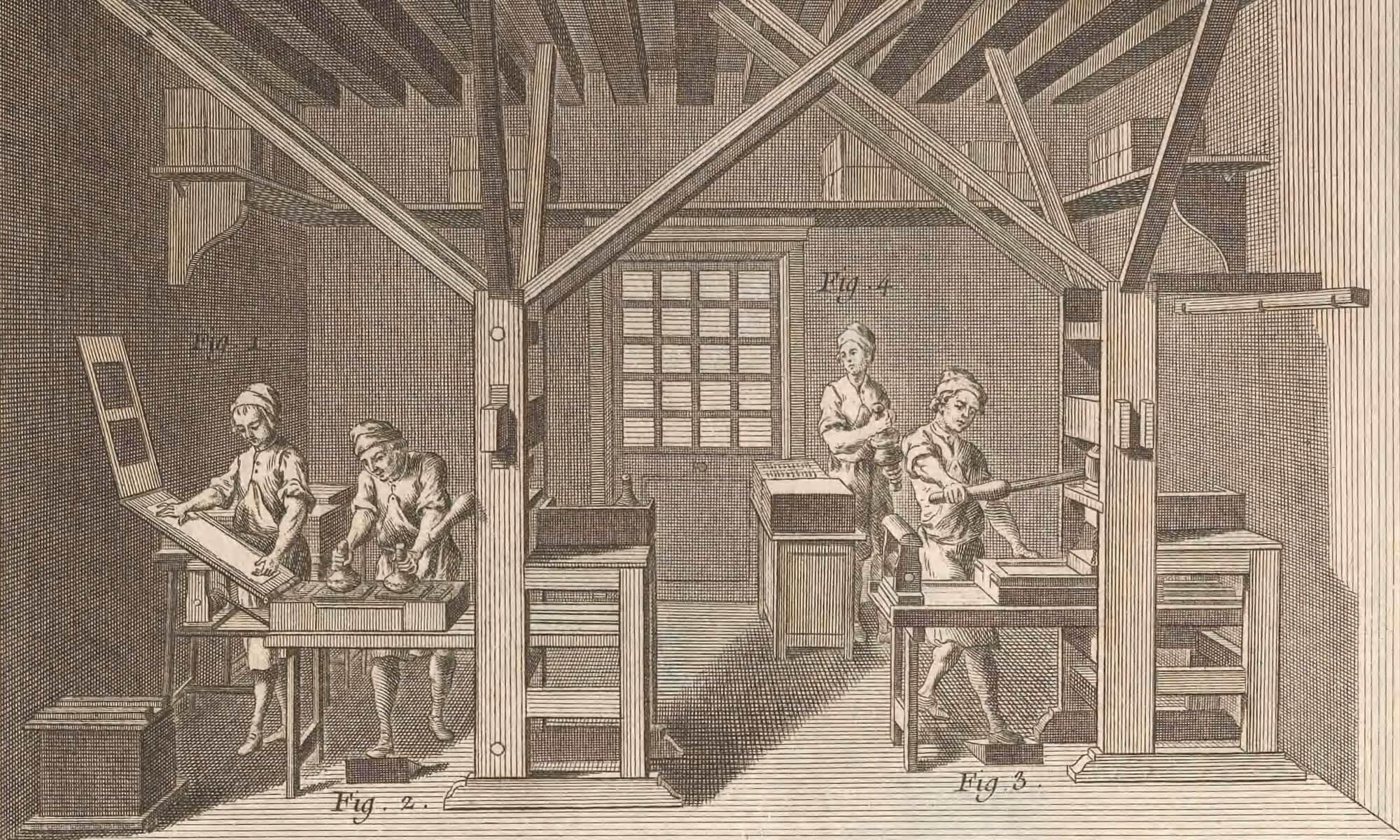Gadbury, Ephemeris, 1688 (A4v-A5r)
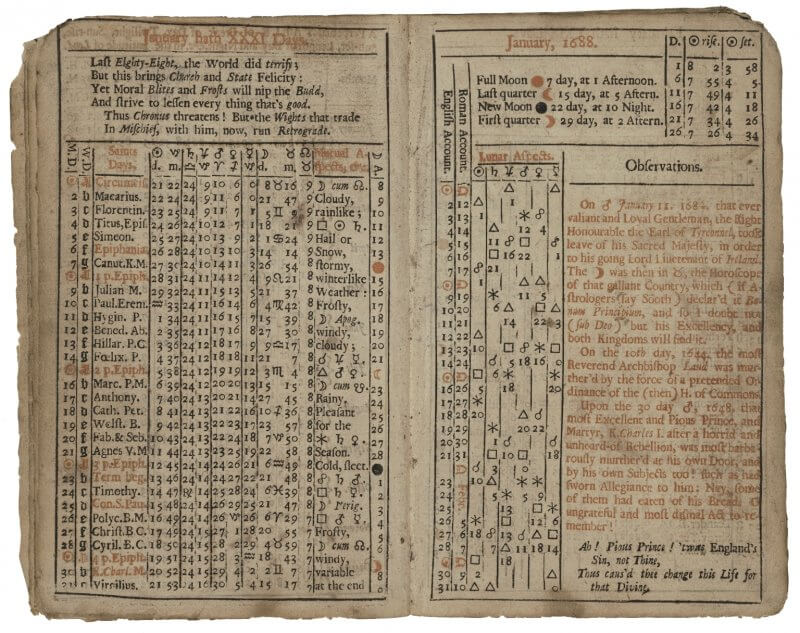
More, Utopia, 1518 March (u6v)
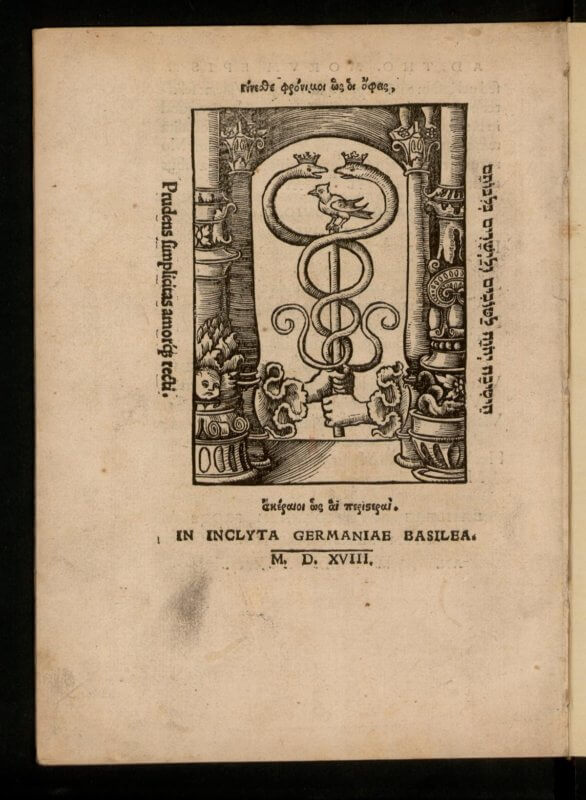
More, Utopia, March 1518 (b2v)

Nostradamus, An almanach, 1562 (fol. 1r)
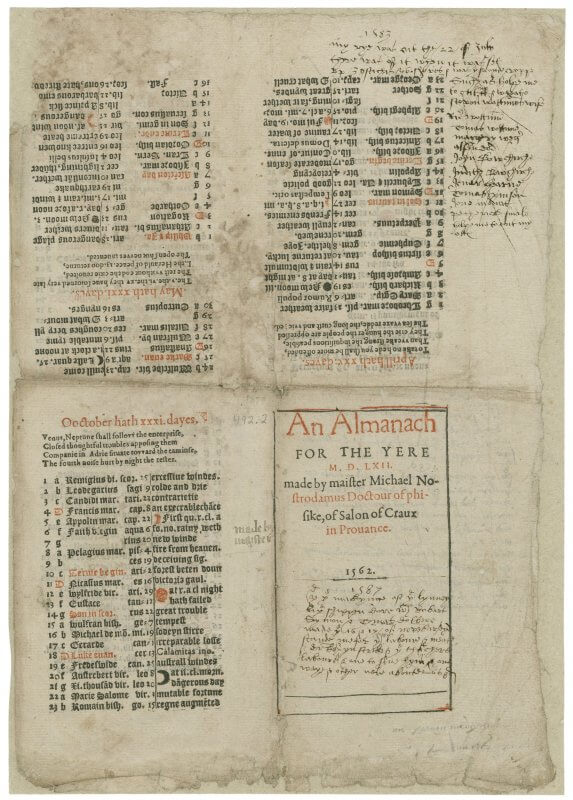
Nostradamus, An almanach, 1562 (fol. 1v)
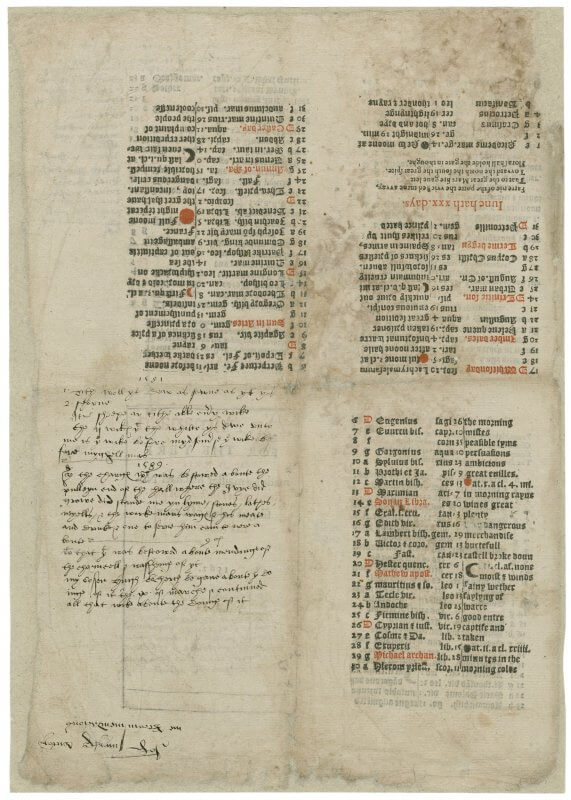
Nostradamus, An almanach, 1562 (fol. 2r)
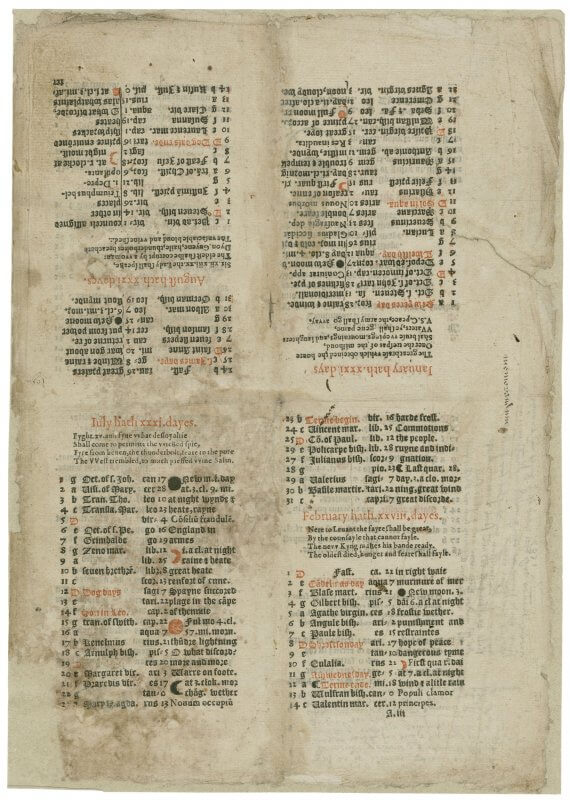
Nostradamus, An almanach, 1562 (fol. 2v)

Patousas, Aesop, 1644 (sig. L4v)
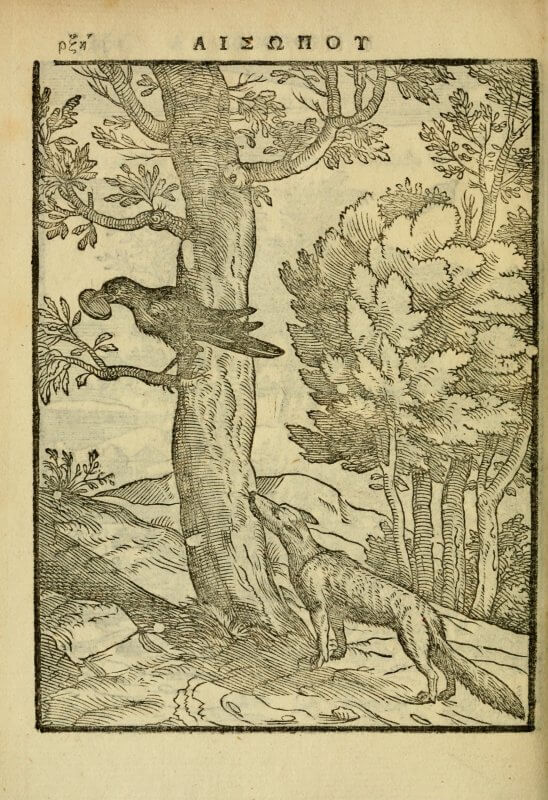
Patousas, Aesop, 1644 (sig. L5r)

Soldini, Anima brutorum, 1776 (a8r; Getty)
